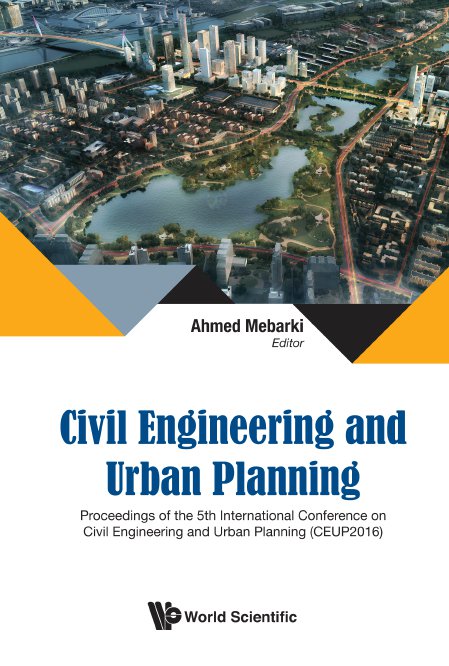Male Drivers’ Stress Response Ability under Different Road Conditions: A Simulator Study
The correlation between stress response ability of male drivers and number of trainings under different road conditions and sources of stress is analyzed. HED eye tracker was used to measure the physiological indicators of 12 objects. Stress response ability of male drivers under different road conditions and sources of stress was correlated with the number of trainings through regression analysis. Variation rate of pupil area of drivers decreased with the number of trainings under different road conditions and the correlation with number of trainings was best described by logistic regression model (Sig<0.05). Drivers demonstrated worst stress response on highway in foggy weather (sudden change of lane by vehicle in front without turn signal) and on rural highway in foggy weather (sudden stopping of vehicle in front). Most drivers had to go through recovery training to achieve the previous stress response level. Variation rate of pupil area is an effective measure of male drivers’ stress response ability. Drivers will exhibit lower level of stress response and reduced occurrence of stress through training.



